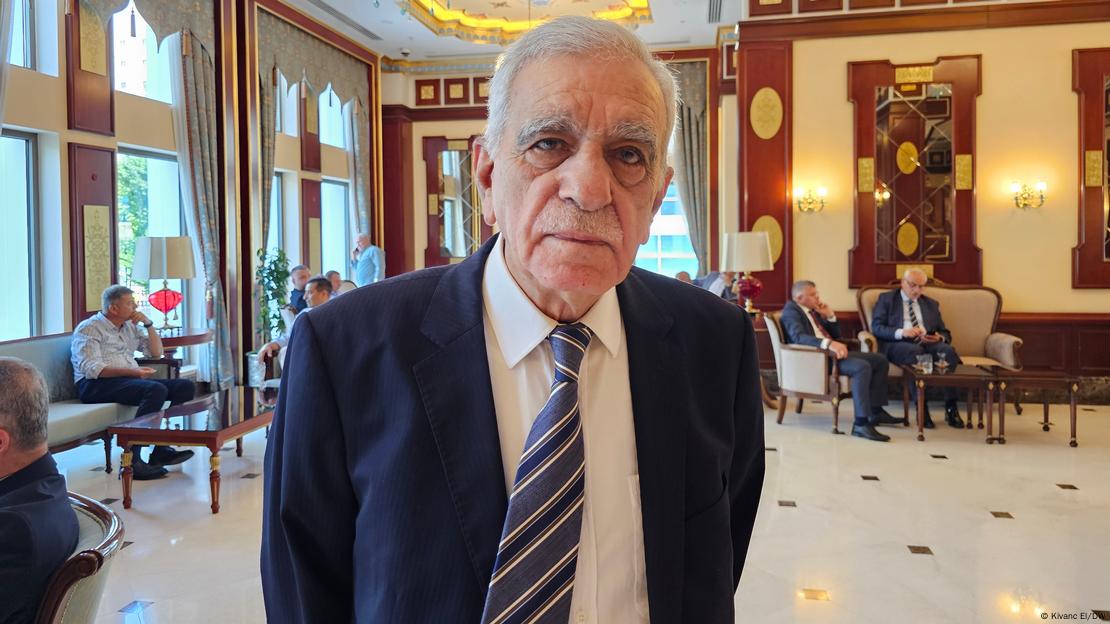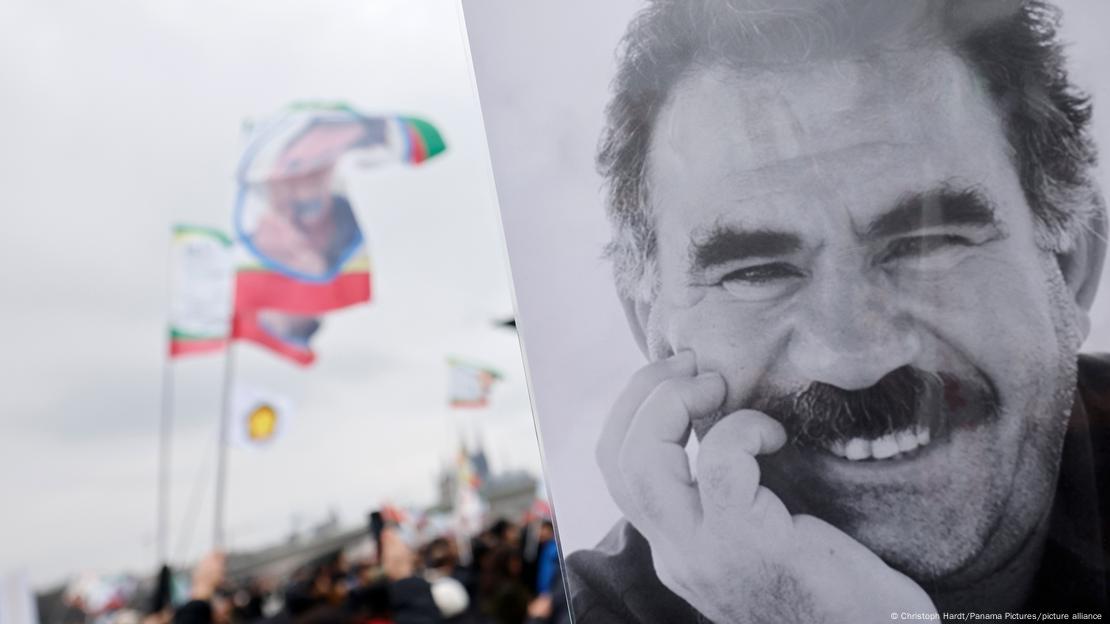From Act for freedom now
“The inferno of the living is not something that will be; if there is one, it is what is already here, the inferno where we live every day, that we form by being together. There are two ways to escape suffering it. The first is easy for many: accept the inferno and become such a part of it that you can no longer see it. The second is risky and demands constant vigilance and apprehension: seek and learn to recognize who and what, in the midst of the inferno, are not inferno, then make them endure, give them space.”
– Italo Calvino, Invisible Cities
The main value of these texts, published in Italy last March, is undoubtedly the commitment of the authors to the fate of the struggle of the colonized, imprisoned and massacred Palestinian population, and, additionally, the fact that their position does not yield to the overwhelming blackmail of those who try to equate any “pro-Palestinian” position with anti-Semitism. Amidst the general indifference to the ongoing genocide in Gaza, there are few who care to act; La Tempesta does.
However, after a first reading of the various texts that make up this publication, we are left with a mixed impression and a certain uneasiness. We are struck by the fact that some of the analyses, proposals and points of view with which we are in deep agreement are juxtaposed with others — sometimes separated by only a period or a comma — that evoke in us only repulsion, nausea and, since the authors are anarchists, dismay. We’re not used to well-argued and coherent words that, on the one hand, win our deepest convictions and, on the other, attract our most vigorous dissent.
Nevertheless, we have decided to translate these texts in order to make them available for reflection, discussion and debate. Some will find this an ambiguous choice, and they may be right. Despite the problematic aspects of the following texts, and despite the superficial, imprecise or unsubstantiated aspects and passages that some will certainly notice, it seems to us that in the course of the decisive events we are living through, which herald calamities that are likely to be even worse, these texts express, develop or repeat certain ideas, certain premises, certain principles that we consider relevant both for understanding reality and for orienting anarchist action today. Among others:
• The importance of supporting, through international solidarity movements, the emancipatory impulse of decolonization struggles and a clear, uncompromising stand against Israeli colonialism.
• The inflexible need to destroy the state, whatever it may be, and the assertion that there is an unbridgeable gap between political revolution and social revolution.
• Despite its naivety and lack of realism, given the circumstances and poverty of the times — both existentially and in terms of ideals — the affirmation and argument that replacing the Israeli State (or any other State) with a free federation of free communities is the only desirable horizon, the only perspective capable of preventing decades of violence and dehumanization from making living together impossible.
• The affirmation of the defeatist principle, still valid today, according to which the struggle of the exploited during a war must be directed first and foremost against their own state, which logically leads to the voluntarist incitement that the battle is being fought here, at home, and that “it is up to us to attack the masters at home.”
• The observation that “if we do not do our part, with internationalist action from below, the initiative can only pass to the States“, which stems from the conviction that only internationalist interventions can make a difference.
• An overview of the current context, summarized as follows: “The war in Ukraine, as well as the conflict in West Asia (a definition that seems to us decidely less Eurocentric than the so-called Middle East), are chapters, for certain aspects different frontlines, of an increasingly heated global conflict, which sees in prospect the direct clash between the USA and China within the strategic horizon of the slow loss of hegemony by Western capitalism, even if it remains largely dominant for the time being.”
• The assertion that militarization is not an ongoing process, but a fundamental principle of modernity, its precondition. That the spread of war today must not be attributed solely to the military sphere, but is inseparable from the civil, social and economic spheres, once presented as separate and now shamelessly organized ever more closely by the masters of the abyss.
• Awareness of the threat posed by the inextricable link between war, increased forms of censorship and propaganda, and repression.
That said, we find it unacceptable that what happened on October 7th is presented with euphemistic and misleading language such as “the October 7th action” and “the Palestinian resistance’s October 7th action.” The choice of these terms — when we would find it more accurate to speak of a massacre, or at the very least, bloody attacks — is indicative of a more general problem in the various texts, namely a kind of flight from reality on the part of the authors, an ideological relationship to the world that necessarily leads to the distortion of facts to the point of trapping oneself in a miserable campism: the purity of good on one side (the “Palestinian resistance”) and absolute evil on the other (Israel and those who live there).
For our part, we continue to believe that nothing can justify acts such as rape, torture and the slaughter of unarmed civilians, wherever they may come from, whatever the context, whoever the perpetrators, whatever the intentions. We used to think that one had to be a scumbag, a reactionary, or a Leftist — in short, a despicable person — not to oppose such acts adamantly, or to diminish their significance and sweep aside this abyss with a wave of the hand, on the pretext that they were “settlers”. We were wrong. Historically, while some anarchists have always sought to understand, promote and defend violence as a necessary and just means of action, this has always been a liberatory violence that has its own rules, its own ethics, and can in no way be indiscriminate violence. Need we remind you that the anarchists of the Makhnovshchina and the Spanish Revolution punished rape and pogroms with death?
It is one thing to not want to “cry with the wolves” against the October 7 attack, justifying it on the whole by the fact that “when someone is locked up in terrible conditions, don’t be surprised if they blindly make a bloodbath when they escape the cage” (an already slippery argument), or by preferring to “dilute” certain horrors through the search for the “truth of the facts” and to minimize them through intellectual relativization (the relationship to “violence” in such a context of colonization has its own distinctive features that cannot be sidestepped). But that today’s anarchists can not only ignore the horrors of October 7, offering no criticism whatsoever, not even the slightest reservation — falling, by the way, into the same logic of dehumanizing the enemy that the authors identify in the “automated genocide” carried out by the Israeli state and its army — but even implicitly valorize and praise these horrors (“the retaliation of the human and oppressed variant against the techno-military omnipotence”) by presenting them as “Palestinian Resistance” is, in our view, as unjustifiable as it is toxic.
The recurrent use of the concept “Palestinian resistance” is, in our view, a second source of problems. While speaking of “Palestinian resistance” (and sometimes even of “Palestinian Resistance”) is undoubtedly a convenient way to avoid dealing with the thorny issues that have accumulated over the past decades, it is also a distortion of reality, since it means using a smooth, homogeneous imaginary construct to cover up a complex reality. The “Palestinian resistance” here is nothing but a spectre that erases all the alterity, antagonisms, differences, rifts, contradictions, incompatibilities and conflicts between different real expressions of struggle — and struggles within the struggle — of the past and present in Palestine. This is tantamount to erasing the history and evolution of these struggles, their different elements, the perspectives of these different elements and the people who participated in them.
Is there no difference, then, between the intifadas of the past, the incendiary kites that set fire to Israeli fields in 2018, and bus bombings, or between demonstrations along the Israeli border and attacks like those of October 7? Is there no fundamental difference between the formation and organization of a religious “armed party” like Hamas — an offshoot of the Muslim Brotherhood, which claims to find its principles in the Koran and to fight in the name of Islam, which has close ties to the Iranian state and the state of Qatar, and which values martyrdom and suicide bombings — and armed groups that pursue ideals of freedom, social justice and emancipation, or popular uprisings with all their self-organization? Is there no difference, then, between military conflict and social insurrection, between combat orchestrated by politicians and popular uprisings? Concerns and reflections on problems such as the militarization of “the resistance”, the specialization into combatants, the concentration of decisions, the organization and material resources in the hands of a general staff, not to mention the dependence on foreign organizations and powers and the consequent subjection to their logic and interests, have marked the history of past struggles. To flatten these problems today under the guise of a fantasized “Palestinian resistance” would constitute a loss of immeasurable proportions. Struggles and resistance movements are not precious gemstones, and anarchists, revolutionaries and subversives are not jewelers: so let’s make sure that we bring together understanding, engagement, solidarity and criticism in the same movement, and that the quest for purity remains the sad business of diamond cutters.
After all, do we really need these ideological mystifications to criticize Israeli massacres, those of NATO, the military industry or technology? Must we refrain from necessary criticism, must we deny ourselves our anti-authoritarian, anti-nationalist and anti-religious ideas in order to take a clear stand against Israeli colonialism and the ethnic cleansing it has been carrying out for several decades? How would an uncritical glorification of “Palestinian resistance” advance us here or contribute to the ongoing conflict there?
***
Contemporary history is littered with events that teach us that, contrary to the blind promise of the Enlightenment, it is not the sleep of reason that creates monsters, but reason itself. As for our worlds of perception, engulfed by the icy currents of progress, battered by the metallic dominion of technology, eroded by the metastases of politics, paralyzed by the cold waters of egotistical calculations, dazed by the drums of ideology, we are no longer stunned by the realization that very little remains. We believe, however, that it is of fundamental importance to preserve what remains, in spite of everything. Bringing clarity to the anarchist struggle today also means understanding events (and evaluating or commenting on the discourses that accompany them) in relation to the following: the sleep of emotion and sensitivity generates good reasons.
A plethora of commentators (be they military experts, politicians, intellectuals, journalists, activists or militants) are forever reiterating their good reasons to justify this or that ongoing or future war, spewing their good reasons in the face of piles of corpses and shattered existences. How many of them would swallow these good reasons if they (or their loved ones) found themselves in the middle of mass graves and bloody quagmires, surrounded by desolation, directly affected by the events? Against the Western tradition that separates reason and intellect from passions and affects, considering the former as noble and the latter as vile, we are committed to thinking, always, with the heart and the mind. It is for this reason, moreover, that we reproduce in the appendix a recently published text entitled “Carnage in Palestine: The Reason of States Against Humanity,” which combines intelligence, sensitivity, revolutionary and anarchist principles and ethics in a powerful response to all those who for months now have managed to intoxicate an already stale and unbreathable air.
The translators of the French version, June 2024.
“Here is the tragedy in our situation: while I am convinced of the existence of human virtue, I doubt the human capacity to halt the holocaust we all fear. And the doubt is there because it is not humanity who makes decisions about the world’s ultimate fate but political blocs, constellations of power, clusters of States that speak a different language, that of power.
“I believe that the natural enemy of mankind is the mega-organization. It robs the individual of his vital responsibility for his fellow man. It shuts down his propensity for solidarity and love, instead making him a stakeholder in a power that seems directed at others, but ultimately is directed at himself. Because what is power other than the feeling of not having to pay for the consequences of evil deeds with your own life but with those of others?
“If, at last, I were to declare the futile dream that I like many others carry, it would be this one: that as many people as possible will realize the need to break away from the blocs, churches and organizations that hold a hostile power over the human being, not to mount new structures but to weaken the sway of power’s life-destroying forces in the world. Such a realization may be humanity’s only chance to relate as one fellow human being to another, to once again become one another’s friend and source of joy.”
Among other things, when the authors summarize the development of events in Ukraine from 2014 to the present, heavily imbued with the “Putin narrative”, or when they casually describe the population of Gaza as a “people-class without a State.” ↵
This necessarily means overcoming national, ethnic and religious barriers. Overcoming these barriers was a key feature of the Arab Spring uprisings, especially in Syria and more recently in Iran. In this respect, it is as significant as it is disastrous that during the pro-Palestinian rallies in Paris last October-November, groups of Iranian and Syrian exiles who criticized Hamas were sidelined by a Leftist anti-imperialism that was implicitly pro-Hamas. ↵
Settlers, really, the Thai workers, the Negev Bedouins, the Israeli Arabs, the exploited in the kibbutz, dead by the dozens on October 7, and taken hostage by the dozens and dozens? ↵
We must admit that it is disturbing to discover that there can be agreement between anarchists and the above categories on these matters. ↵
– Stig Dagerman, The fate of humanity is at stake everywhere and at all times
Among other things, when the authors summarize the development of events in Ukraine from 2014 to the present, heavily imbued with the “Putin narrative”, or when they casually describe the population of Gaza as a “people-class without a State.” ↵
This necessarily means overcoming national, ethnic and religious barriers. Overcoming these barriers was a key feature of the Arab Spring uprisings, especially in Syria and more recently in Iran. In this respect, it is as significant as it is disastrous that during the pro-Palestinian rallies in Paris last October-November, groups of Iranian and Syrian exiles who criticized Hamas were sidelined by a Leftist anti-imperialism that was implicitly pro-Hamas. ↵
Settlers, really, the Thai workers, the Negev Bedouins, the Israeli Arabs, the exploited in the kibbutz, dead by the dozens on October 7, and taken hostage by the dozens and dozens? ↵
We must admit that it is disturbing to discover that there can be agreement between anarchists and the above categories on these matters. ↵









